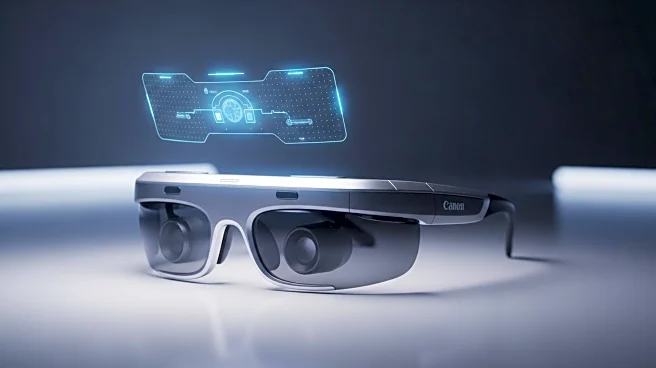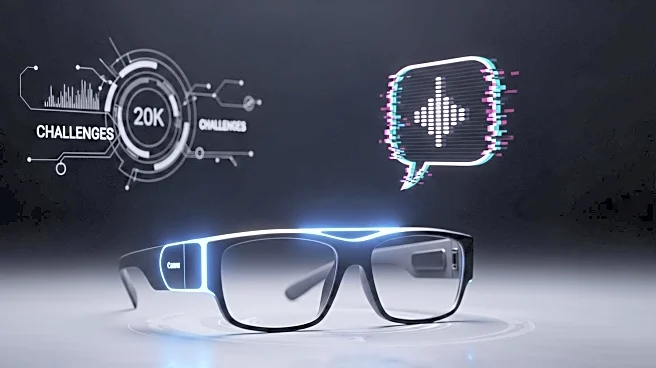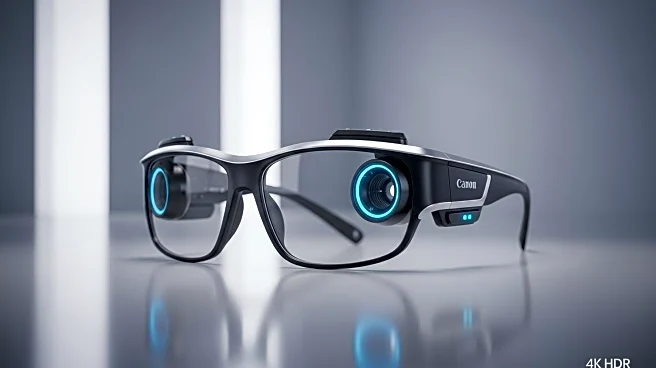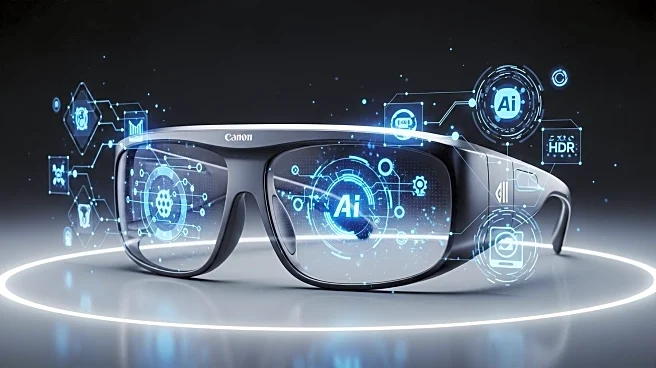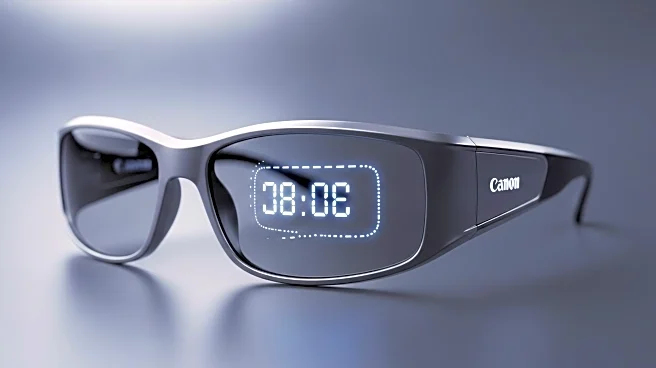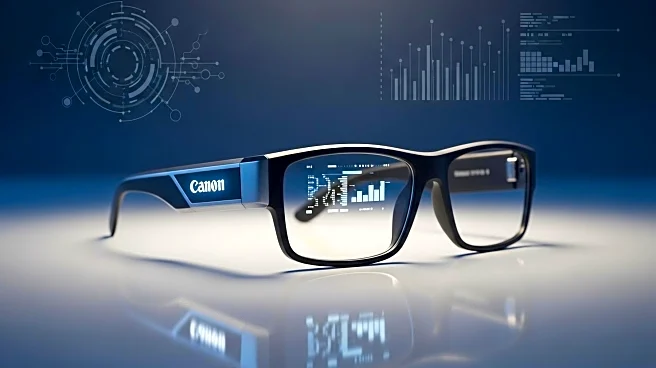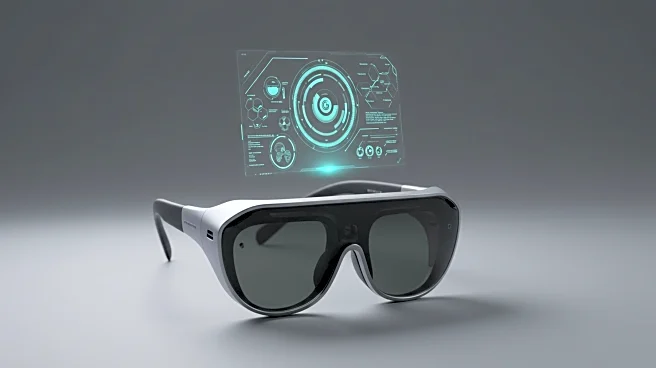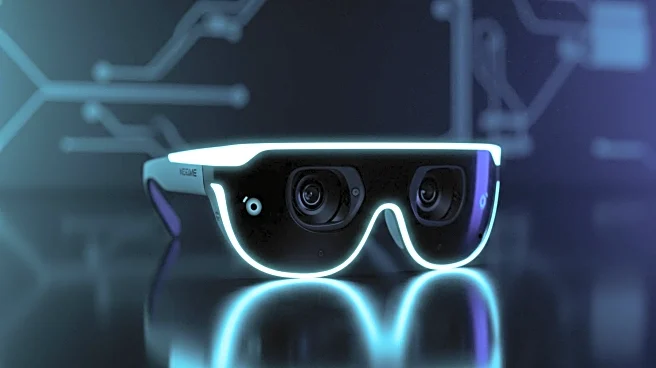What's Happening?
Meta is preparing to launch its new smart glasses, codenamed Hypernova, which feature a heads-up display (HUD) in one eye. Despite the anticipation surrounding the product, Meta does not expect high sales volumes for these glasses. Reports from various sources, including Bloomberg and The Information, suggest that the launch is set for this year. The glasses are expected to weigh around 70 grams and will be sold with a sEMG neural wristband for approximately $800. The HUD is designed to display information such as time, weather, notifications, and navigation, as well as captions and translations of speech. Meta employees have reportedly been working overtime to ensure the product is ready for launch.
Why It's Important?
The anticipated low sales of Meta's HUD glasses could reflect broader challenges in the wearable technology market, particularly in the adoption of smart glasses. This development may impact Meta's strategy in expanding its product offerings beyond social media and virtual reality. The success or failure of Hypernova could influence Meta's future investments in hardware and its approach to integrating AI and augmented reality technologies. Additionally, the pricing and functionality of the glasses may affect consumer interest and competition within the tech industry.
What's Next?
Meta's launch of Hypernova is expected to occur within the year, with the company likely to monitor consumer response closely. Depending on sales performance, Meta may adjust its marketing strategies or product features to better align with consumer expectations. The tech industry will be watching to see if Meta can overcome the hurdles associated with smart glasses adoption and whether it can carve out a significant market share in this niche.
Beyond the Headlines
The introduction of HUD glasses by Meta could have implications for privacy and data security, as the device's ability to display real-time information and translations may raise concerns about data collection and usage. Additionally, the integration of AI responses in text form could lead to discussions about the role of AI in everyday life and its impact on human interaction.
